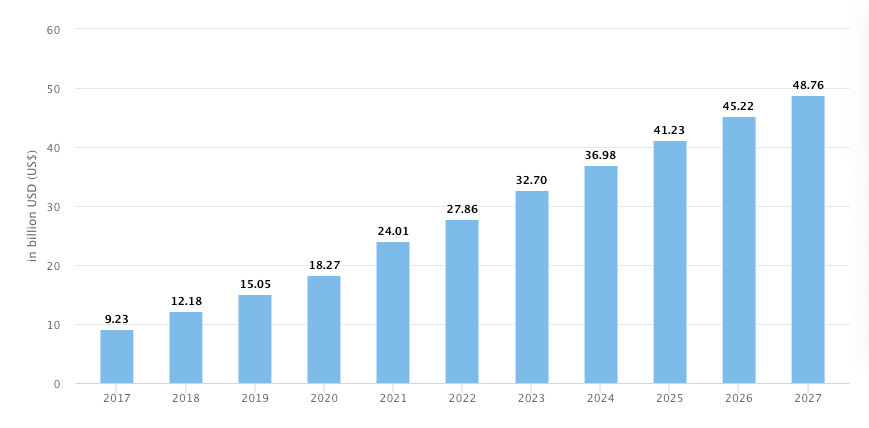Youth Unleashed
Exploring the vibrant voices and trends shaping the youth culture today.
The Comeback of Theatrical Releases: A New Era or Just a Phase?
Explore the resurgence of theatrical releases—are we entering a new golden age or just riding a fleeting trend? Find out now!
Exploring the Factors Behind the Resurgence of Theatrical Releases
The resurgence of theatrical releases can be attributed to several key factors that have rekindled audiences' passion for the cinematic experience. Firstly, the pandemic-induced hiatus from theaters has created a pent-up demand for collective viewing. As restrictions eased, people yearned for the communal thrill of watching films with friends and family in a vibrant theater environment. This longing for shared experiences has prompted studios to prioritize releases that resonate with audiences, ultimately leading to a boom in box office recovery.
Additionally, the advent of premium experiences in theaters has played a crucial role in this resurgence. Many cinemas have upgraded their facilities with advanced technology, such as IMAX screens and immersive sound systems, alongside comfortable seating options that enhance viewer enjoyment. Combining these innovations with cinematic phenomena, blockbuster franchises have successfully drawn in crowds, turning theaters into destinations rather than mere venues. As a result, the combination of nostalgia, excitement, and modern advancements is encouraging audiences to return to theaters and embrace the magic of theatrical releases.

Are Theatrical Releases Making a Lasting Comeback or Just a Passing Trend?
The theatrical release model has long been a staple of the film industry, but its resurgence in recent years raises the question: Are theatrical releases making a lasting comeback or is this merely a passing trend? After the pandemic-induced closures and the subsequent pivot to streaming services, cinemas are witnessing a gradual influx of audiences eager for the communal experience of movie-watching. Blockbusters like Spider-Man: No Way Home and Top Gun: Maverick have drawn significant crowds, suggesting that viewers still crave the thrill of seeing films on the big screen. However, while these films have reignited interest in theaters, it remains unclear whether this momentum will sustain itself over the long haul.
Critics argue that the convenience and affordability of streaming platforms may counterbalance the nostalgic appeal of theaters. As viewing habits evolve, theatrical releases could face stiff competition from home entertainment options. Yet, some filmmakers and studios are advocating for a hybrid model that blends theatrical releases with streaming availability, allowing audiences to choose their preferred viewing method. Ultimately, the future of cinematic experiences may depend on how effectively studios can adapt to changing consumer preferences while capitalizing on the unique advantages of theatrical distribution.
The Future of Movie Watching: Will Cinemas Survive the Streaming Wars?
As the streaming wars rage on, the future of movie watching is becoming increasingly complex. With platforms like Netflix, Disney+, and Amazon Prime continually vying for audience attention, traditional cinemas face mounting challenges in maintaining their audience. Many viewers now prefer the convenience and cost-effectiveness of home viewing, where they can easily access a myriad of films at their fingertips. This shift has led to a decline in cinema attendance, prompting industry experts to ponder whether primary movie theaters can adapt to survive in an era dominated by streaming services.
However, it's essential to consider the unique experience that cinemas offer, which streaming cannot replicate. The grandeur of a cinematic screen, the immersive sound systems, and the communal atmosphere of watching a film with others create an unparalleled cultural experience. As cinemas explore innovative strategies, such as themed events, luxury seating, and enhanced food options, they aim to entice audiences back. While challenges abound, the resilience of cinemas in the face of streaming competition suggests that they may just find a way to coexist within this evolving entertainment landscape.